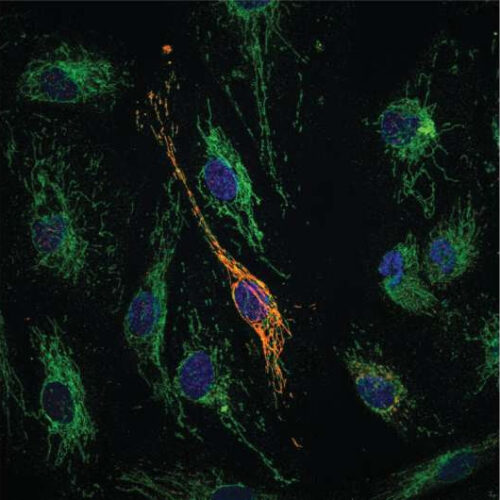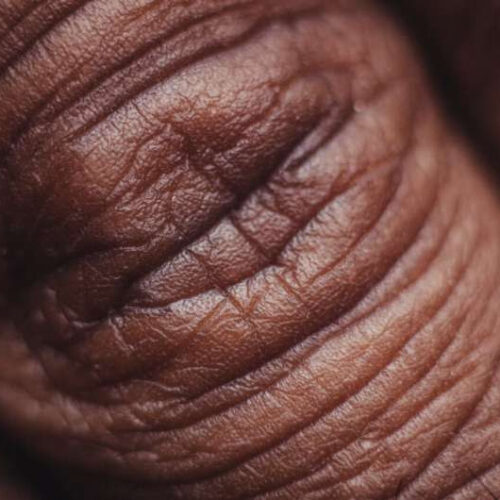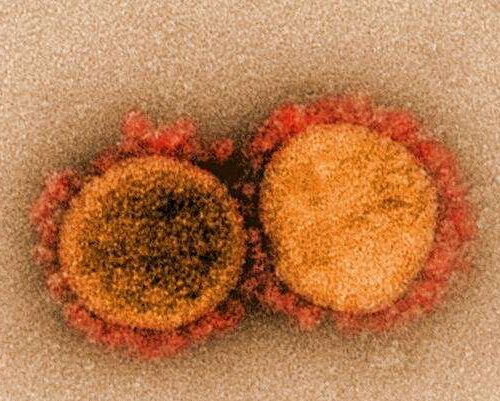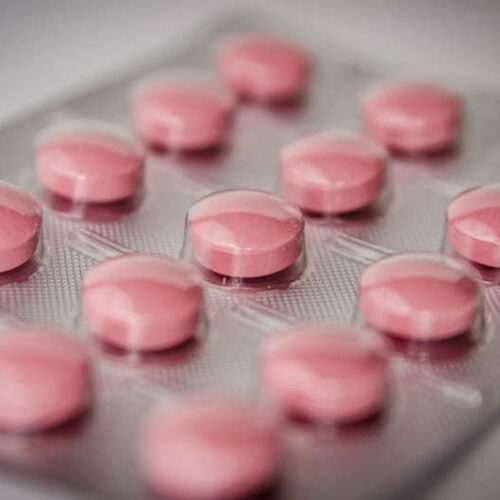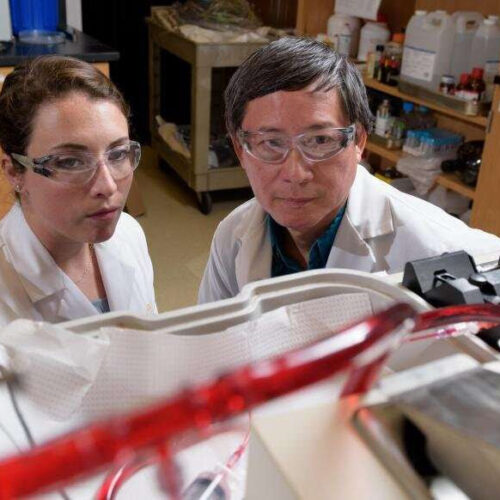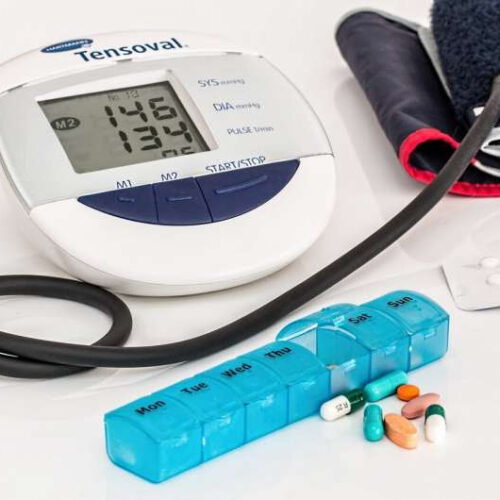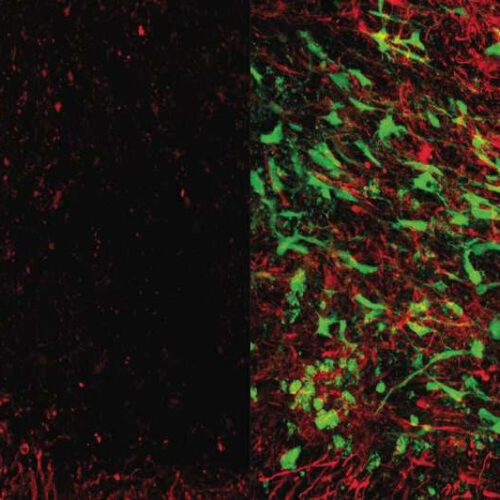by Federico Graciano, Duke-NUS Medical School Microscope imagining showing colocalisation of MOCCI (red) with a mitochondrial protein (green). Credit: Duke-NUS Medical School A multidisciplinary team of researchers from Duke-NUS Medical School and the Agency for Science, Technology and Research (A*STAR) in Singapore has discovered a new mitochondrial peptide called MOCCI that plays an important role in regulating inflammation of blood...
Scientists cast new understanding of how skin repairs itself
by Mike Addelman, University of Manchester Credit: Unsplash/CC0 Public Domain University of Manchester scientists have cast new light on how our skin repairs itself, bringing the possibility of regeneration of the organ a step closer. The study team, funded by the Medical Research Council and Helmut Horten Foundation, showed the activation of specific parts of the DNA leading...
Study shows vaccines may protect against new COVID-19 strains—and maybe the common cold
by Johns Hopkins University Transmission electron micrograph of SARS-CoV-2 virus particles, isolated from a patient. Image captured and color-enhanced at the NIAID Integrated Research Facility (IRF) in Fort Detrick, Maryland. Credit: NIAID A new study by Johns Hopkins Medicine researchers provides evidence that CD4+ T lymphocytes—immune system cells also known as helper T cells—produced by people who have...
New drug found to increase lipoprotein cholesterol in monkeys and humans
by Bob Yirka , Medical Xpress Credit: Pixabay/CC0 Public Domain A team of researchers at British Pharmaceutical company AstraZeneca has developed a new antibody drug that increases the level of lipoprotein cholesterol (HDL-C) in test monkeys and humans. In their paper published in the journal Science Translational Medicine, the group describes the drug and how well it worked...
Researchers discover promising new treatment for dangerous thrombosis
by Georgia Institute of Technology This groundbreaking research is driven by the need for a better thrombolytic agent – a safer, more efficient treatment for breaking down blood clots in the immediate wake of a catastrophic event. Credit: Georgia Institute of Technology In a fortuitous case of mistaken chemical identity, a team of Georgia Tech bioengineers has discovered...
Migraine linked to increased risk of high blood pressure after menopause
by American Academy of Neurology Credit: Pixabay/CC0 Public Domain Women who have migraine before menopause may have an increased risk of developing high blood pressure after menopause, according to a study published in the April 21, 2021, online issue of Neurology, the medical journal of the American Academy of Neurology. “Migraine is a debilitating disorder, often resulting...
Stem cell therapy promotes recovery from stroke and dementia in mice
by University of California, Los Angeles Microscope images showing brain tissue that has been damaged by white matter stroke (left) and then repaired by the new glial cell therapy (right). Myelin (seen in red), is a substance that protects the connections between neurons and is lost due to white matter stroke. As seen at right, the...
“Undruggable” cancer protein targeted by compound from shrub root
By Michael Irving April 20, 2021 The shrub Jatropha curcas, from which the team isolated a new compound that can target an “undruggable” cancer protein Forest and Kim Starr Scientists at Purdue University and the Scripps Research Institute have identified a natural compound from a common shrub that could help fight cancer. The compound is...
Researchers identify potential subtype of PTSD
BOSTON UNIVERSITY SCHOOL OF MEDICINE (Boston)–A major obstacle in understanding and treating posttraumatic stress disorder (PTSD) is its clinical and neurobiological heterogeneity. In order to better treat the condition and address this barrier, the field has become increasingly interested in identifying subtypes of PTSD based on dysfunction in neural networks alongside cognitive impairments that may...
21st century medical needles for high-tech cancer diagnostics
AALTO UNIVERSITY IMAGE: BY COUPLING ULTRASOUND WAVES TO A MEDICAL NEEDLE, RESEARCHERS WERE ABLE TO MAKE THE TIP OF A MEDICAL NEEDLE VIBRATE 30 000 TIMES PER SECOND. THE NEW TECHNOLOGY COULD IMPROVE CANCER MANAGEMENT. CREDIT: AALTO UNIVERSITY The diagnosis of diseases like cancer almost always needs a biopsy – a procedure where a clinician...

